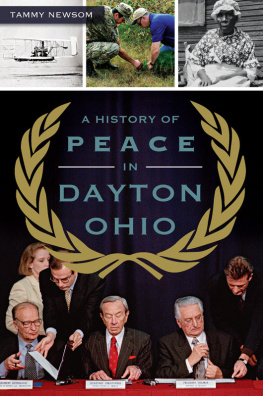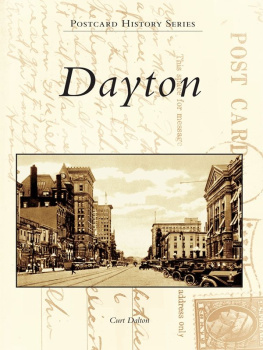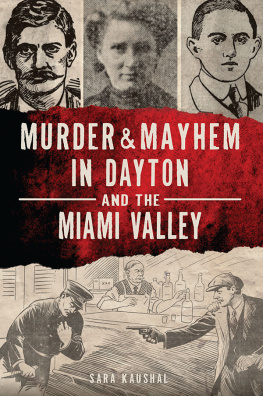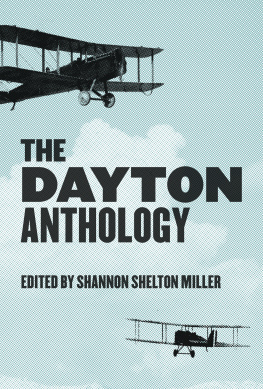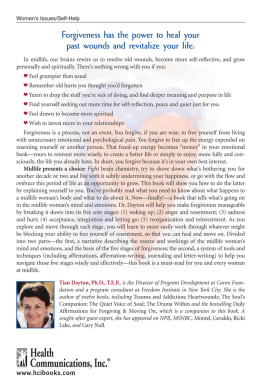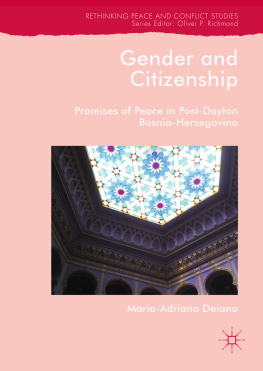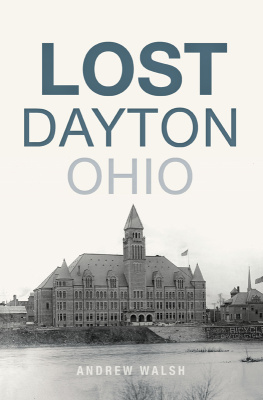


Published by The History Press
Charleston, SC
www.historypress.net
Copyright 2015 by Tammy Newsom
All rights reserved
First published 2015
e-book edition 2015
ISBN 978.1.62585.556.5
Library of Congress Control Number: 2015947038
print edition ISBN 978.1.46711.771.5
Notice: The information in this book is true and complete to the best of our knowledge. It is offered without guarantee on the part of the author or The History Press. The author and The History Press disclaim all liability in connection with the use of this book.
All rights reserved. No part of this book may be reproduced or transmitted in any form whatsoever without prior written permission from the publisher except in the case of brief quotations embodied in critical articles and reviews.
To my family, whom I love very much.
To my dear son, Forrest. You are brave and smart, and I am very proud of you.
This is for Mom, Robin, Alan, Pat, Mary, Alex, Katie, Tommy and Chris.
This is also for my dad, Terry Keener. He lived peacefully.
CONTENTS
ACKNOWLEDGEMENTS
I wish to thank the following people and organizations for so generously offering their time, energy and knowledge in the creation of this book. Their work and focus gave me peace. Thank you to: Sarah Sidlow, Fred Arment, Steve Fryburg, Jerry Leggett, Felix Weil, Felix Garfunkel, Sam Lauber, Doug Keener, Kendra Mon, the Dayton International Peace Museum, PAX Dayton, Diana Keener, Robin Koebberling, Tom Walrab, Robbie Robinson, the Jewish Federation, Welcome Dayton, Matt Joseph, Irena Joseph, John McCance, Carl Westmoreland, Lisa OHearn, Kara Badgley, Krista Slavicek, Reverend Crystal Walker, Tariq Ahmad, David Yeh, G. Changa Freeman and Melissa Bertolo.
I would like to include a special note to Colonel Robbie Robinson: you inspired my sons class at school. Your experience was a powerful teacher.
INTRODUCTION
The United States government has a Department of Justice, a Department of the Interior and a Department of Labor. Why shouldnt it have a Department of Peacebuilding? In February 2013, Congresswoman Barbara Lee picked up the mission to introduce a Department of Peacebuilding into the U.S. government. She presented House bill HR 808 to Congress, called the Department of Peacebuilding Act of 2013, to create a cabinet-level secretary position and the Department of Peacebuilding. Lee, like her predecessors, realized that to build an entirely new cabinet-level department demands a lifetime of dedication. Although this bill has been proposed to Congress some eighty-seven times since the days of the Founding Fathers in the 1700s, the recycled effort continues to gain popular support.
If such a department were created, it would possess the same magnitude and authority granted to any other U.S. department, such as the Department of Justice or the Department of Commerce. The term peacebuilding refers to activities that root out causes of violence as well as instill broad measures to prevent violent conflict and create sustainable peace.
In her web portal, Lee wrote: The Department of Peacebuilding advances the good work of my friend and former colleague Congressman Kucinich (D, retired 2012) and has the potential to reduce suffering on a national and global scale while saving billions of dollars through violence reduction and increased economic productivity.
To attract legislative support for the bill, Kucinich defined and proposed legislation that would: one, hold peace as an organizing principle; two, endeavor to promote justice and democratic principles to expand human rights; and three, develop policies that promote national and international conflict prevention, nonviolent intervention, mediation, peaceful resolution of conflict and structured mediation of conflict.
RESTORATIVE JUSTICE
Much of the legislation from the former Department of Peace bill has been passed as separate laws, including the Youth Promise Act. Many initiatives are still in the running. So without a winning vote, this is how the Department of Peacebuilding keeps going. The group attaches issues to larger proponents to propel peace forward. The most pressing aspect in the design of a Department of Peacebuilding is the call for restorative justice. In restorative justice, both the victim and the offender have a voice in the punitive system and in sentencing. Restorative justice is a 360-degree reparative approach to a criminal behavior that involves the victims and/or the victims families, the perpetrators and the judicial and legal systems. Each party is given an opportunity to weigh in on the offenders sentencing, punishment and reform. In the following example, mediation between the victims family and the offender was used as a low-cost alternative to punitive court costs:
There was an incident in a Florida penitentiary where a youth was convicted of murder. The victims mother wanted to reach out to the mother of the offender because she wanted to meet the offender. The two families managed to do this, with no system in place for this to happen and the prison allowed that meeting to take place.
The reason for this is that there are victims at both ends of the gun. We are all responsible for creating a society so young people can go this route and take charge of their futures, said Kendra Mon. The challenge here isevery dayevery child deserves to be safe, loved and celebrated.
As a member of the Department of Peacebuilding Legislative Action Committee, Kendra Mon speculated on why the non-partisan legislation has not sufficiently caught lawmakers attention. Congress has traditionally balked on passing legislation for an entire U.S. Department of Peace, she said, for a couple reasons: it would cost too much money to initiate, despite the long-term monetary benefits, and would promote redundant activities among the other departments.
Congresswoman Lee updated the agenda on the Department of Peacebuilding bill because of the turf issue between departments. They took it from being a tug of war between the departments and chose to make it about coalition building, Mon said. The new HR 808 bill asked for programs that are covered under the other jurisdictions, such as the Department of Education or the attorney generals office, to be handed over to the Department of Peacebuilding. The revised bill called for peacebuilding initiatives in the federal government to repurpose legislation solely for a Department of Peacebuilding. The secretary of peace and Department of Peace would form coalitions and support programs by educating Americans about peacebuilding.
For example, the Department of Health already takes on violence as a community health issue, with a prescribed remedy of community education. However, with violent recidivism at a rate of 70 percent, the system just isnt working. The other problem is that Congress recognizes the Department of State as the acting Department of Peace.
But that makes no sense, Mon said. The Department of State deals with foreign and domestic governments. The Department of Peacebuilding is more than governmental initiatives. She continued:
The Peace Alliance is a non-governmental organization (NGO) that wants to dispatch trained peace-builders to supplement military initiatives. What we have seen in Iraq and Afghanistan is that now the military is asked to play two roles: one, go in and enforce a military action and two, conversely work as peacekeepers within the occupied communities to build peace.
Next page
